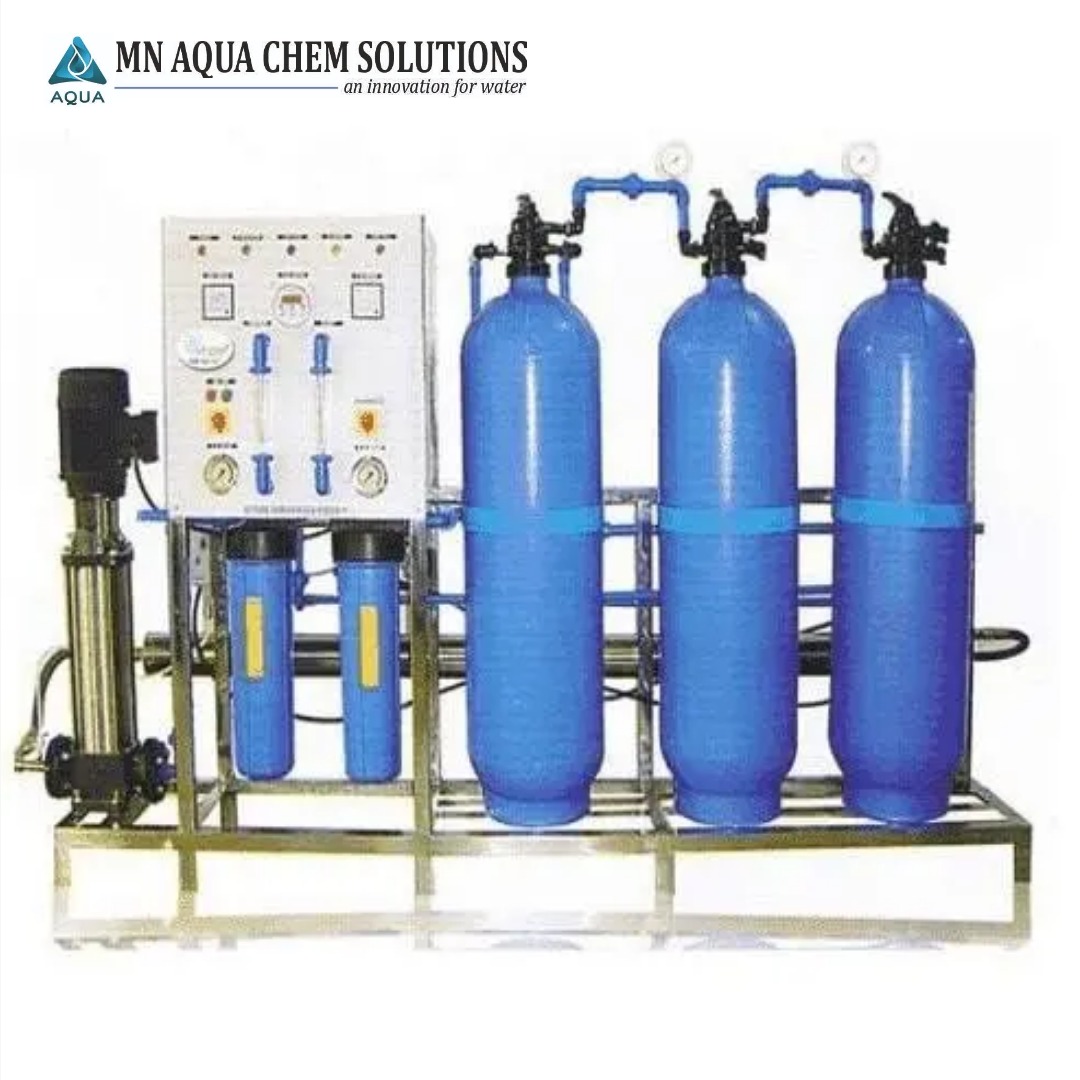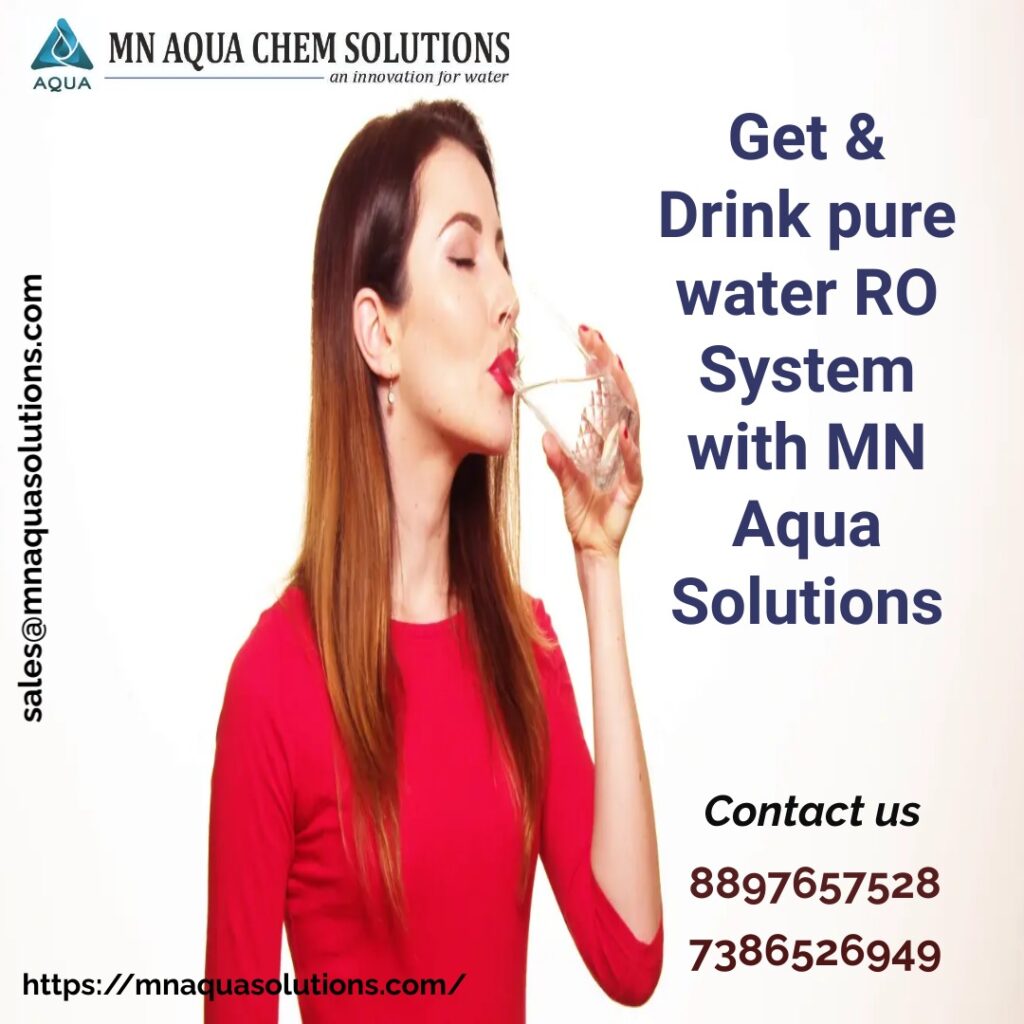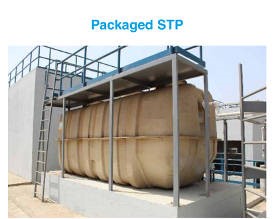
Reverse Osmosis Plants for all types of Industries and Sectors
What is Reverse Osmosis and How Does it Work?
What is Reverse Osmosis?
Reverse osmosis is a water purification process that uses a semi-permeable membrane (synthetic lining) to filter out unwanted molecules and large particles such as contaminants and sediments like chlorine, salt, and dirt from drinking water. In addition to removing contaminants and sediments, reverse osmosis can also remove microorganisms – which you certainly do not want to drink. It gets water clean down to a molecular level, leaving only pure H2O behind.
How Does Reverse Osmosis Work?
Reverse osmosis is a treatment technology with continuous operation that uses pressure to pass source water through a thin membrane and thereby separate impurities from water.
Reverse Osmosis (RO) works by reversing the principle of osmosis, the natural tendency of water with dissolved salts to flow through a membrane from lower to higher salt concentration. This process is found throughout nature. Plants use it to absorb water and nutrients from the soil. In humans and other animals, kidneys use osmosis to absorb water from the blood.
The reverse osmosis principle reverses that process. In a RO system, pressure — usually from a pump— is used to overcome natural osmotic pressure, forcing feed water with its load of dissolved salts and other impurities through a highly sophisticated, semipermeable membrane that removes a high percentage of the impurities. The product of this process is highly purified water.
The rejected salts and impurities concentrate and collect above the membrane and are passed from the system to drain or on to other processes. In a typical commercial or industrial application, 75% of the feed water is purified. In applications in which water conservation is important, 85% of the feed water is purified.
An RO system uses cross-filtration, where the solution crosses the filter with two outlets: the filtered water goes one way and the contaminated water goes another way. To avoid the buildup of contaminants, cross-flow filtration allows water to sweep away contaminant buildup and enough turbulence to keep the membrane’s surface clean.
Reverse osmosis is an often used process to remove dissolved constituents from water. It is most effective in removing inorganic salts, particularly sodium chloride. Currently it is accepted as the most effective and economical way of desalting naturally occurring seawater with sodium chloride levels up to 48,000 ppm.
The technology of desalting seawater using reverse osmosis became commercially available in the early 1980’s. At that time, the technology often required 2 “passes” using reverse osmosis to consistently achieve a product quality of less than 500 ppm TDS. In many countries, 500 ppm TDS is the maximum acceptable TDS level in potable water. By the 1990’s, the major membrane manufacturers were producing seawater membrane elements capable of producing product water with TDS levels of less than 500 ppm with 1 pass.
Since the time that salt rejection by reverse osmosis was optimized at more than 99%, improvements have often focused on using less energy to produce product water. On the membrane side, membrane elements are now capable of producing product water using approximately 65-70% of the applied pressure originally required. On the equipment side, devices are now available to capture energy from reverse osmosis reject streams and use what’s captured to boost pressure in system pumps. This recovery of previously lost energy means less pump motor HP is required in systems.
Other fairly recent developments and improvements include reducing the footprints of systems by manufacturing larger diameter elements, and using thicker feed spacers in membrane elements to lessen fouling and make cleanings more effective. For a period, feed spacers had grown more narrow as a means of making more room for additional membrane area in elements. For the time being, using feed spacers of less than 30 mil thickness is not advised with feed waters likely to foul and require membrane cleaning.
HOW DOES AN INDUSTRIAL REVERSE OSMOSIS SYSTEM WORK?
If you look at a reverse osmosis diagram for an industrial facility, you may see three to five main stages taking place. A three-stage reverse osmosis system includes a sediment filter, a carbon filter and a semipermeable membrane. These are stages one, two and three, respectively. A four-stage system adds another membrane to filter out particles the first membrane may have missed.
How does a five-stage reverse osmosis system work? A five-stage system sends its water through the same sediment filter, carbon filter and semipermeable membranes. It also adds post-filtration, sending the water through an additional carbon filter to remove any lingering impurities. Some five-stage RO systems also add a remineralization step that returns beneficial minerals to the treated water.
Below are the basic steps of an industrial reverse osmosis system:
- Prefiltration: Reverse osmosis systems have two types of prefilters that filter out larger particles like sediment and chlorine. The water first flows through a sediment prefilter that removes particles like dust, dirt and rust. Then it moves on to flow through an activated carbon prefilter that binds to and removes substances like chlorine and volatile organic compounds (VOCs).
- Reverse osmosis: After prefiltration comes the main event of reverse osmosis. At this stage, the pump sends the water through the semipermeable membrane that traps smaller, harder-to-remove dissolved solid particles. This step of reverse osmosis can often remove the vast majority of the dissolved solids in the water.
- Drainage: Once the water has flowed through the semipermeable membrane, the next step is drainage, which sends the removed impurities down the drain. This step is essential because contaminants that build up on the membrane can compromise its effectiveness. Draining the collected impurities keeps the RO system’s efficiency high.
- Storage: The final stage is storing the treated water until its eventual use. The storage container is often a pressurized vessel large enough to contain the treated water without necessitating waste. The treated water may also flow through an additional carbon filter that can remove any stray impurities.

KEY COMPONENTS OF AN RO SYSTEM
1. RO Membranes
- A reverse osmosis system is dependent upon and built around its individual membranes. Each membrane consists of a spiral-wound sheet of semipermeable material, which varies dependent on application. Membranes are available in 2-inch, 4-inch and 8-inch diameter with the 4-inch and 8-inch diameter sizes most commonly used in the water treatment industry.
- The water treatment industry, as a whole, has accepted a 40-inch length as a standard size so that membranes from different manufacturers are interchangeable in equipment systems. One of the primary measurements of a membrane is its square footage. Membranes are available in the range of 350-450 square feet of surface area.
- Semipermeable membranes were first constructed using cellulose acetate (CA). However, the industry later switched to the use of a thin film composite (TFC) being placed on top of a stronger substrate. TFC membranes are primarily used today.
2. Housings
- Individual membranes are loaded into a single housing, which can hold up to six membranes in series. The housings are critical for holding the reverse osmosis filters stably in place. They also connect to the check valves and drain lines that prevent backflow and enable the water to drain effectively.
3. Stages
- Housings are then grouped into parallel flow streams called stages. A single reverse osmosis system can have up to three stages in series. The major benefit of using RO stages in series is the reduction of wastewater. In an efficient RO staged system, wastewater can be reduced to 15% of the total flow, whereas the rejection flow from a single membrane alone can be as high as 50%.
4. Pretreatment Cartridge Filtration
- A complete RO system will also include a pretreatment cartridge filtration and a pressuring pump. The pretreatment cartridge filters remove larger solids from the water before it proceeds to the semipermeable membrane. This step is necessary to prevent fouling of the membrane and extend its life span.
- Cartridge filters tend to be simple constructions and are often made from wound strands of polypropylene.
5. Controls System
- A comprehensive RO system also has a controls system. In a small RO system, the controls may be as simple as valves and rotameters. A larger system will contain the flow, temperature and pressure transmitters, as well as control valves operated from a human-machine interface (HMI) or programmable logic controller (PLC). Larger systems also incorporate variable frequency drives (VFDs) for the pressurizing pump and sometimes energy recovery devices.
- The controls system allows users to monitor and operate the RO system from beginning to end. It also often contains alarms that can notify operators of any RO system issues that require immediate attention.

Reverse Osmosis (RO) System Maintenance
A continuous maintenance program for your reverse osmosis system is a cost-effective and straightforward approach to guarantee that it is performing at its best.
MN Aqua provides first-rate maintenance services to ensure that your reverse osmosis system and pre/post treatment processes are performing at their best. An qualified engineer will be available to you so that your all of your water treatment requirements will be met.
Our RO maintenance services are highly desired in the installation, management, and repair of high quality reverse osmosis systems, and will ensure that your system is being examined and constantly monitored. Our clients will receive a summary on your system’s performance as well as any recommended action needed.
Reverse Osmosis Membrane Maintenance
The reverse osmosis phase begins as the water is pumped across the membrane at a force of 35 psi. Only purified water is permitted to pass through the porous RO membrane, which separates the solids from the water.
The reverse osmosis membrane is the most significant component of a RO system, and it must be maintained and cleaned on a periodically basis in order to provide fresh, filtered, and clean water.
To avoid blockage the openings, clean the membrane every few months. If cleaned correctly and regularly, the membrane will have a longer life span.
How to Clean a Reverse Osmosis System
To save time and energy, make sure to clean your RO system while you have it already opened to replace your filters.
Types of Reverse Osmosis Filters
Reverse osmosis filters are important for producing clean water for many application purposes. For example, reverse osmosis filters are used to produce clean drinking water (home and retail purposes). Reverse osmosis filters are also used to produce clean water for making medicine such as serum; combining clean water with medical liquids. Without reverse osmosis filters, water that is used for daily usage (drinking, showering etc.) would be harmful for our health and for the environment. Without purifying water, dangerous chemicals such as metal (lead, zinc etc.) would be consumed either orally or through other methods. This is very important since there have been reports of” illegal concentrations of chemicals like arsenic and radioactive substances like uranium, as well as dangerous bacteria often found in sewage”, based on the New York times article “Millions in U.S. Drink Dirty Water, Records Show””. Published on December 7, 2009.
There are many different types of reverse osmosis filters that are available for different needs which are the following:
1. Desalination System: used to desalinate sea water for consumption, irrigation etc.
2. Brackish Water System: used to clean high salinity water (dirtier than tap water).
3. Water Treatment Plants: used to clean a large area of surface, brackish and seawater.
Based on your water needs, we can provide different systems that can clean just about any type of contaminated water; excluding highly condensed wastewater. Each reverse osmosis filter mentioned follows the same membrane separation process. Each system contains a pressure vessel in which each vessel has a membrane. High water pressure is then passed through each membrane to perform reverse osmosis and separate the permeate from the concentration.
MN Aqua is a leader in manufacturing & supplying quality reverse osmosis filters. We offer a huge variety of water treatment systems including wastewater treatment plants, RO systems etc. Located in Hyderabad, Telangana. We design and build reverse osmosis filters and products for most of your water application needs. Please visit us at https://mnaquasolutions.com/ for additional information.




